How Far Can You Sail Up the Thames (5 Boat Types)
The Thames is a tidal river, meaning that its water levels are affected by the tides of the nearby North Sea, which can make sailing challenging, especially for novice sailors. So if you're wondering whether your boat can make it safely across this river, stay tuned, and let's explore everything you need to know before setting sail.
Narrowboats can sail the Thames beyond 75 miles from London, while rowboats may travel up the Teddington Lock. Sailboats can travel a further 10 miles up from Teddington, while motorboats can travel the river's entire length. Cruise ships can sail up to 25 miles from London.
Aside from tidal changes, you will encounter various obstacles when sailing up this river, such as bridge height limits and locks. Let's look at some navigational challenges you may face and how you can overcome them.
Summary
- Motorboats can travel the majority of the length of the Thames from its source in Gloucestershire to its mouth in London, which is approximately 215 miles.
- Sailboats can explore the Thames as far as Teddington Lock, but they require a certain level of skill and knowledge to operate safely.
- Narrowboats are the most versatile and cost-effective boat type for leisure cruising on the Thames, taking you up from Oxford to Henley in London.
- The Port of London Authority provides important information and resources for boaters navigating the Thames, including the Tideway Code and information on bridge heights, locks, and speed restrictions.
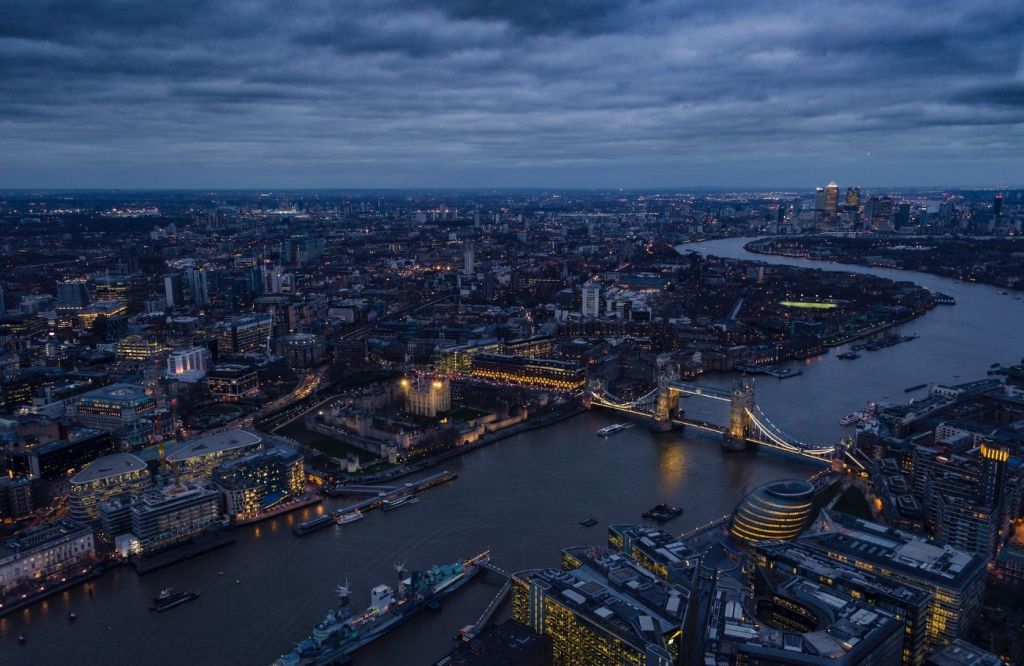
On this page:
Sailing Up The Thames River Using Different Boat Types
The table below shows the different types of boats that can sail up the Thames and how far they can reach:
| Boat Type | Size (in feet) | Estimated Distance Up the Thames | Possible Hindrances or Navigational Challenges |
|---|---|---|---|
| Narrowboats | 30-70 feet | Up to 75 miles from London | Passing through numerous locks, low bridges, and shallow areas. |
| Rowing boats | 20-30 feet | Up to 15 miles from London | Tidal currents and the need to navigate around other boats. |
| Sailing boats | 20-50 feet | Up to 10 miles from Teddington | Tidal currents, low bridges, and the need to navigate around other boats. |
| Motorboats | 20-60 feet | The entire length of the river (approx. 215 miles) | Passing through several locks, low bridges, and shallow areas. |
| Cruise ships | 700-1000 feet | Up to 25 miles from London | The size of the ship limits the distance they can travel up the river, passing under low bridges, and navigating around other boats. |
Leisure Cruising Using Narrowboats
Narrowboats are a popular type of boat used on the Thames for leisure cruising and living aboard. These boats are long, narrow, and typically have a flat bottom, making them well-suited for navigating the shallow waters of the Thames.
Estimated sailing distance up the Thames
The furthest a narrowboat can travel up the Thames is to the source of the river in Gloucestershire, which is approximately 135 miles from London. However, this journey is not recommended for beginners, as it involves navigating numerous locks and weirs, as well as shallow waters.
It is more common for narrowboats to travel up to Oxford, which is approximately 60 miles from London, or Henley, which is approximately 80 miles from London. These are popular destinations for leisure cruising and offer a range of attractions and amenities for boaters.
Advantages of using narrowboats
- They are versatile and can be used for various purposes, including leisure cruising, living aboard, and transporting goods.
- They are generally more cost-effective than other types of boats, making them an attractive option for those on a budget.
- They can be easy to navigate, even for beginners, due to their flat bottom and shallow draft.
- They can be quite comfortable, with many featuring amenities such as kitchens, bathrooms, and sleeping quarters.
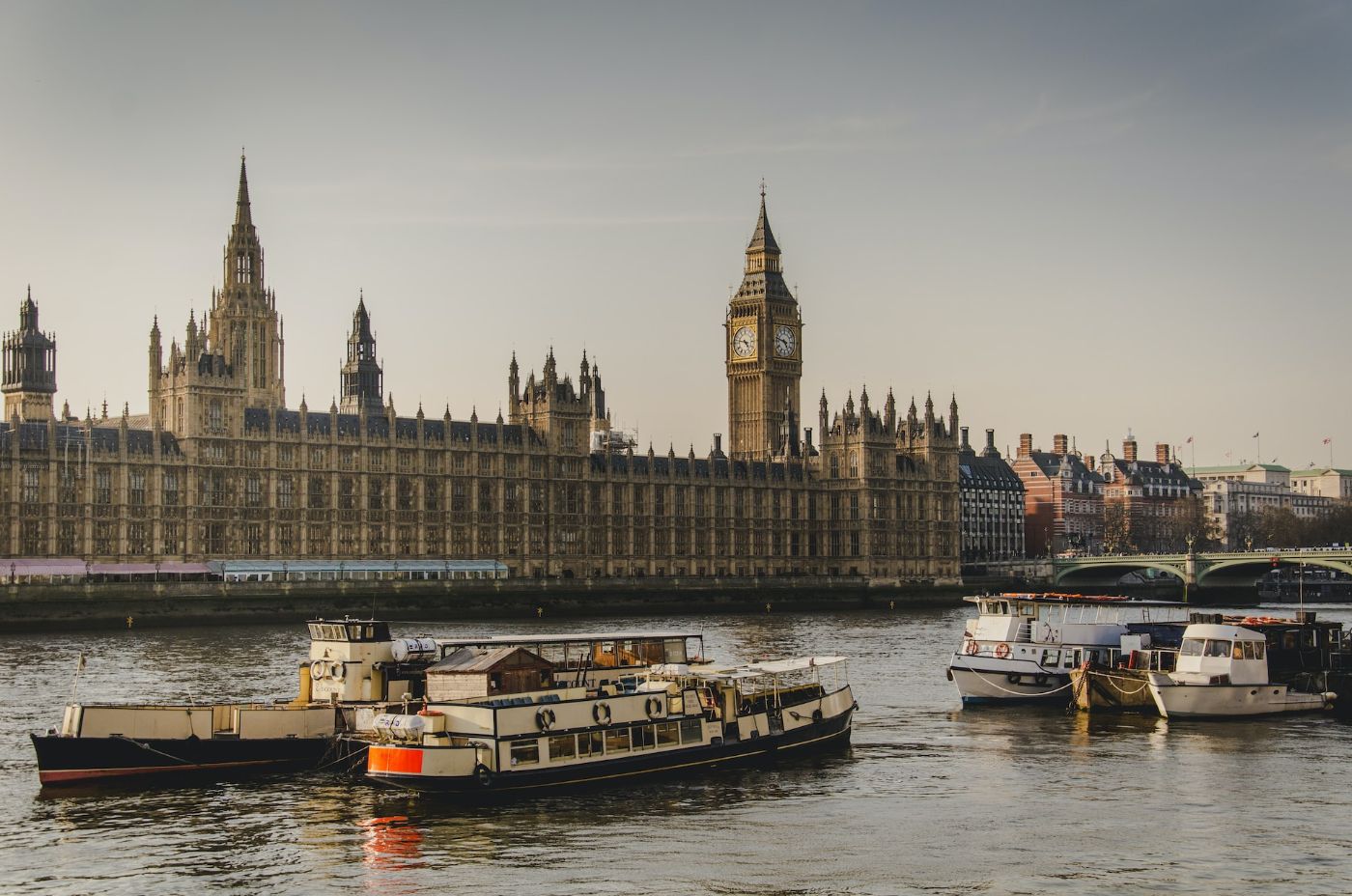
Disadvantages of using narrowboats
- Narrowboats have limited space, which can make them feel cramped, especially when living aboard.
- They are not known for their speed and can take longer to reach destinations than other types of boats.
- They have a limited range, and can only travel so far up the Thames before encountering obstructions such as locks and weirs.
Exploring The River Via Rowboats
Rowboats are small, narrow boats that are propelled by oars. They are typically used for recreational purposes, such as fishing, exploring small bodies of water, and leisurely rowing. Rowboats are also commonly used for transportation in some areas, particularly in regions with narrow waterways or shallow water.
Estimated sailing distance up the Thames
Generally speaking, rowboats are best suited for use in calm waters, such as small lakes or rivers. A fit and experienced rower can cover a distance of around 10-20 miles per day on the Thames, depending on the conditions.
On average, a rowboat can travel up to Teddington Lock, which is around 15 miles from London. Beyond this point, the river becomes tidal, and the currents can be dangerous for smaller boats. Note also that rowing on the Thames requires a permit, and there are restrictions on where and when rowboats can be used.
Advantages of using rowboats
- Rowboats are relatively inexpensive to purchase and maintain, making them a cost-effective option for those who want to enjoy the Thames without breaking the bank.
Docking costs for rowboats in the UK cost less than £1,000 per year. If you want to know the cost of docking other types of boats in the UK, you should see this article.
- They are powered by human effort, so they are virtually silent. This makes them an ideal choice for those who want to enjoy the peacefulness of the Thames without disturbing the wildlife or other boaters.
- Rowing is a great form of exercise that can help improve cardiovascular health, build muscle strength, and burn calories. It is also a low-impact activity that is gentle on the joints.
Disadvantages of using rowboats
- They are not as fast as motorized boats, so they may not be suitable for those who want to cover a lot of ground quickly.
- They are limited in terms of how far they can travel, as they require a lot of physical effort to move through the water.
- Rowing can be challenging in adverse weather conditions, such as high winds or rough water.
The Sailboat Experience
Sailboats are a popular type of boat used for recreational activities, such as cruising, racing, and day sailing. They are powered by the wind, which is harnessed by sail and can provide a unique and enjoyable experience on the water.
Estimated sailing distance up the Thames
Most sailboats can sail as far as Teddington Lock, which is approximately 25 miles from the Thames Estuary. Beyond Teddington Lock, the river becomes narrower and shallower, making it more difficult to navigate with a sailboat.
Advantages of using sailboats
- Sailboats do not require fuel or electricity to power them, making them an environmentally friendly option for boating on the Thames.
- The sound of the wind and water is the only noise you will hear when sailing, making it a peaceful and relaxing experience.
- Sailing requires physical effort, which can provide a good workout and help improve fitness levels.
Disadvantages of using sailboats
- Sailboats rely on wind to power them, so if there is no wind or too much wind, sailing can be difficult or impossible.
- They are generally slower than motorboats, which can be a disadvantage if you need to get somewhere quickly.
- Sailing requires a certain skill and knowledge to operate safely, which may take time to acquire.
- They are also generally smaller than motorboats, which limits the number of people and supplies that can be carried.
Navigating Thames Using A Motorboat
Motorboats are boats powered by an engine, which makes them faster and more efficient than other types of boats.
Estimated sailing distance up the Thames
Generally speaking, motorboats can navigate the entire length of the Thames, from its source in Gloucestershire to its mouth in London. However, there are certain areas where speed limits and other restrictions may apply, so you may want to check local regulations before setting out on your journey.
Advantages of using motorboats
- Motorboats are faster than other types of boats, which means you can cover more ground in a shorter amount of time.
- Motorboats are more fuel-efficient than other types of boats, which means you can travel further on a single tank of fuel.
- Motorboats are generally more comfortable than other types of boats, as they are equipped with comfortable seats and often have a cabin that provides shelter from the elements.
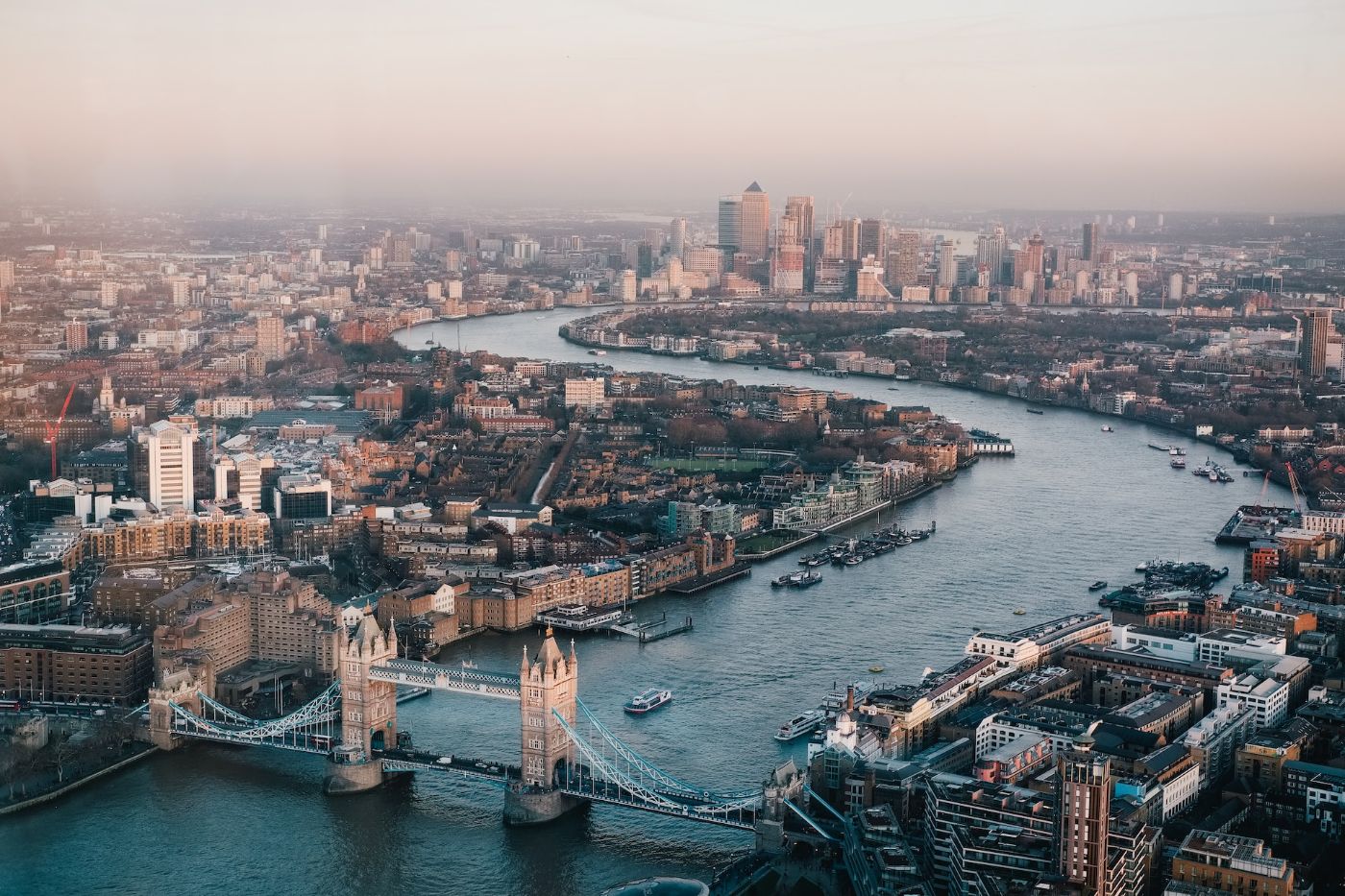
Disadvantages of using motorboats
- Motorboats can be quite noisy, which can be a problem if you are looking to enjoy the peace and quiet of the Thames.
- Motorboats can be more expensive to purchase and maintain than other types of boats.
- Motorboats can have a negative impact on the environment, contributing to water pollution and disturbing wildlife along the river.
Traveling Up The Thames Via Cruise Ship
Larger ships with deeper drafts can only travel as far as the Port of London Authority (PLA) limits, which is typically up to the Tower Bridge. Smaller ships with shallower drafts may be able to travel farther upstream to areas such as Greenwich or even Richmond.
Advantages of using a cruise ship
- Provides a unique and scenic way to see London and its landmarks from the river.
- Offers a comfortable and luxurious way to travel, with amenities such as restaurants, bars, and entertainment on board.
- Can accommodate large groups of people for events or celebrations.
- Can be an environmentally friendly way to travel, as some cruise ships are designed to reduce their carbon footprint and emissions.
Disadvantages of using a cruise ship
- Limited access to certain parts of the river due to bridges and narrow passages.
- Potential for congestion and delays, especially during peak tourist season.
- Higher cost compared to other modes of transportation on the river.
- Limited flexibility in terms of itinerary and route due to regulations and safety concerns.
Navigational Challenges And Solutions Along The Thames
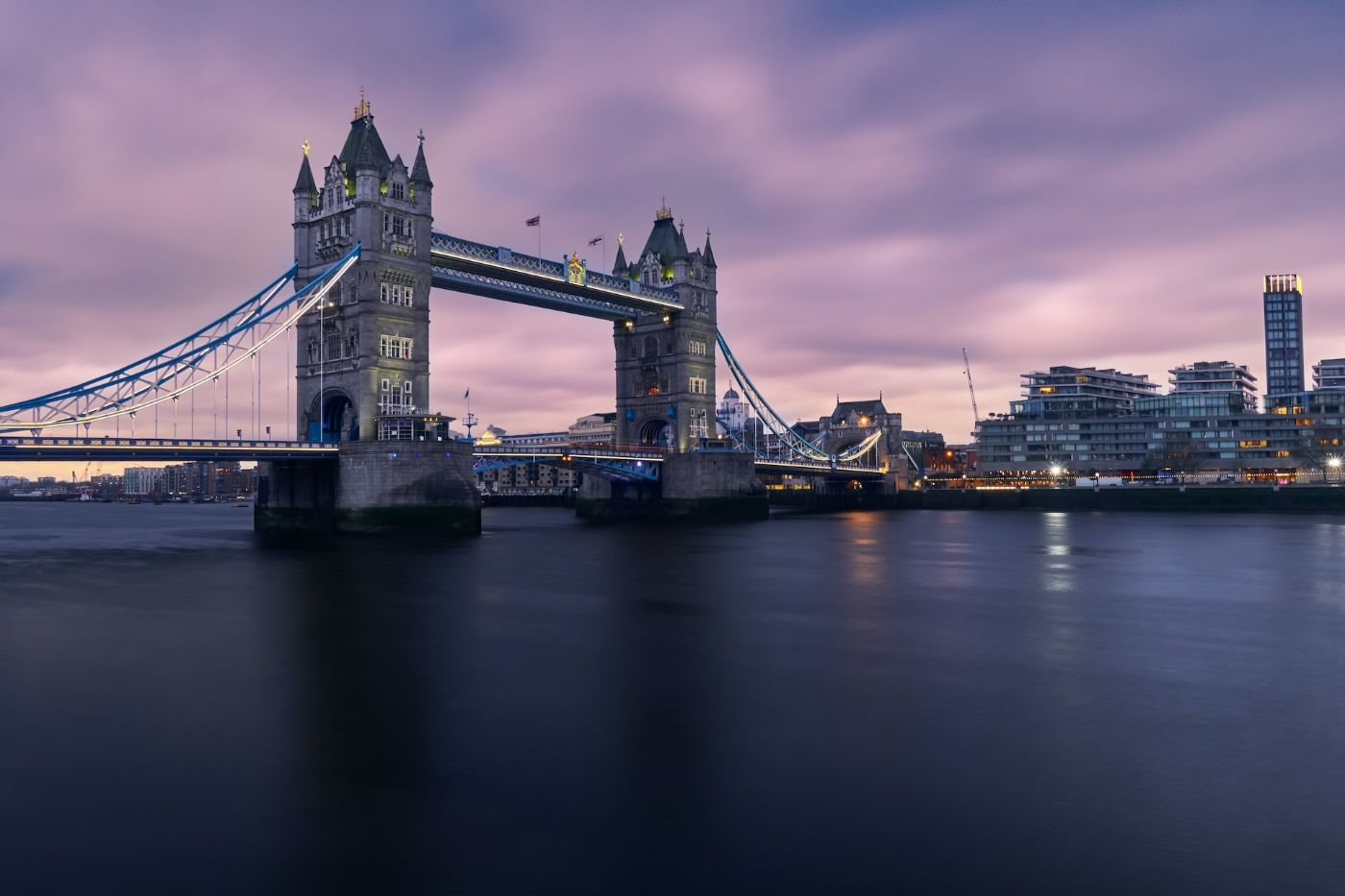
Below are some of the navigational challenges you may face and some solutions to overcome them:
You might encounter low bridge heights
There are many bridges along the river and some of them have a clearance of only a few feet, such as the following:
| Bridge Name | Location | Maximum Height for Boats |
|---|---|---|
| Richmond Bridge | Richmond | 17.1 feet |
| Twickenham Bridge | Twickenham | 18.0 feet |
| Kew Bridge | Kew | 19.0 feet |
| Hammersmith Bridge | Hammersmith | 19.0 feet |
| Putney Bridge | Putney | 20.0 feet |
To avoid collisions, you need to know the height of your mast and the height of the bridges you will pass under. You can find this information on the Port of London Authority website or in the Tideway Code. If your mast is too high, you may need to lower it or take a different route.
Locks are another navigational challenge
Locks are used to raise and lower boats between different water levels. Some locks are automatic, while others require manual operation.
You might need to contact the lockkeeper before you arrive to arrange passage. You should also be aware of the lock dimensions, as some locks are too small for larger boats. Make sure you have enough fenders and lines to secure your boat in the lock.
The river conditions on the Thames can vary greatly
The tide can cause the water level to rise and fall dramatically, which can affect the speed and direction of the current. This can make it difficult to navigate, especially if you are not experienced with sailing in tidal waters.
In addition to the tide, there are other hazards to be aware of such as submerged objects, like rocks, or wrecks, that can damage your boat or cause you to run aground. Shoals, or shallow areas, can also be a problem, as they can cause your boat to get stuck or capsize.
Before setting off, always check the river conditions and weather forecast. You should also make sure your boat is in good condition and equipped with the necessary safety equipment, such as life jackets and a first aid kit.
While sailing, you should keep a lookout for any hazards and adjust your course accordingly. It is also a good idea to stay in contact with other boats and the coastguard, so you can be alerted to any changes in the river conditions or hazards.
There are speed limits along the river
The Thames is a busy waterway in London, UK, and it is important to observe the speed limit of 12 knots to ensure the safety of all water users, including boats, kayaks, and other watercraft. Additionally, it is important to be aware of your wake, which is the disturbance created by your boat moving through the water, as it can cause problems for other boats and potentially cause damage to the riverbank.
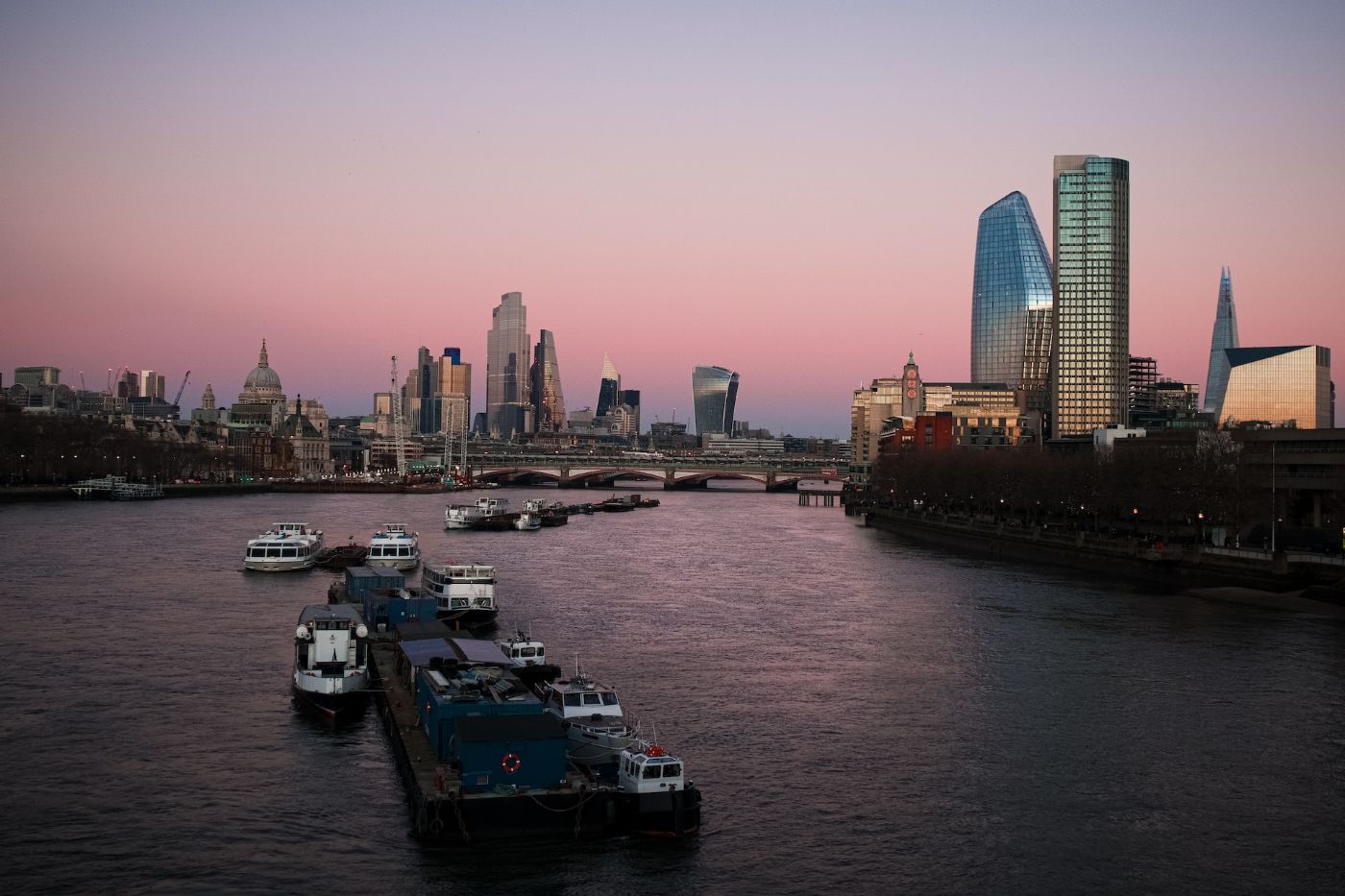
There may also be specific speed restrictions in certain areas, such as near bridges or in narrow channels, which are designed to ensure safe passage for all water users. Here are some examples of specific speed restrictions in certain areas on the Thames:
Speed limit near Tower Bridge
There is an 8-knot speed limit in the area around Tower Bridge, which is a busy and narrow section of the river. This restriction is in place to ensure that boats can safely navigate the area without colliding with each other or with the bridge itself.
Speed limit through Richmond Lock
Boats are required to slow down to 4 knots when passing through Richmond Lock, which is a narrow and shallow section of the river. This helps prevent boats from creating a large wake that could damage the lock gates or nearby boats.
Speed limit in the Thames Barrier area
There is a 5-knot speed limit in the area around the Thames Barrier, which is a large and complex structure that is designed to protect London from flooding. This ensures that boats can safely navigate the area without interfering with the operation of the barrier or causing damage to nearby boats or structures.
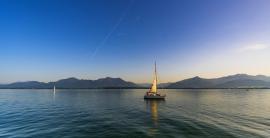
What is the Average Speed of a Sailboat?
Did you find the answer to your specific question?
👍 0 👎 0
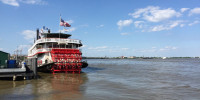
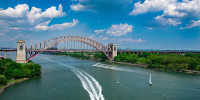

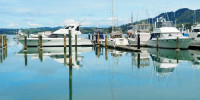
Leave a comment